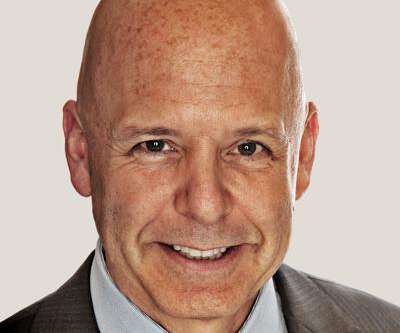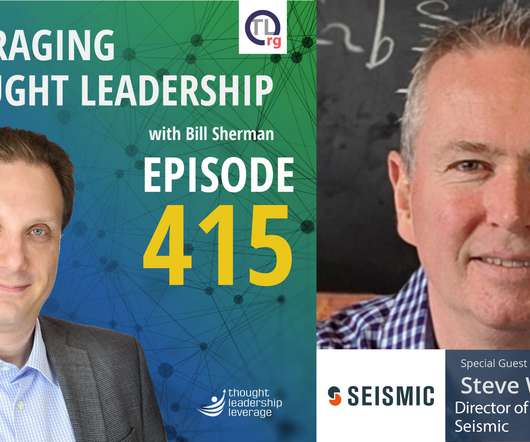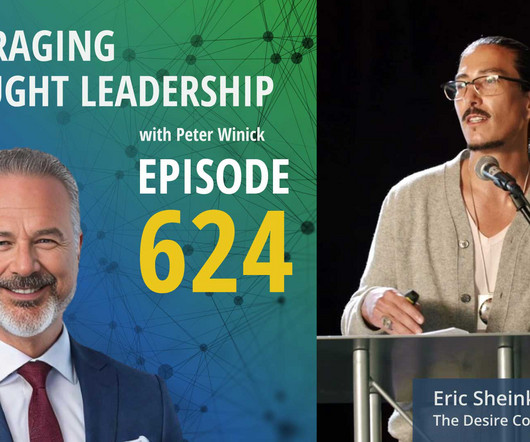TikTok Guide For Business
Forbes Leadership
SEPTEMBER 11, 2022
It’s become a serious contender for online/digital advertising dollars from all types of businesses, both B2C and B2B. If you think your business isn’t right for TikTok, you may want to think again. If you’re like most businesspeople, TikTok is not what you think.



























Let's personalize your content